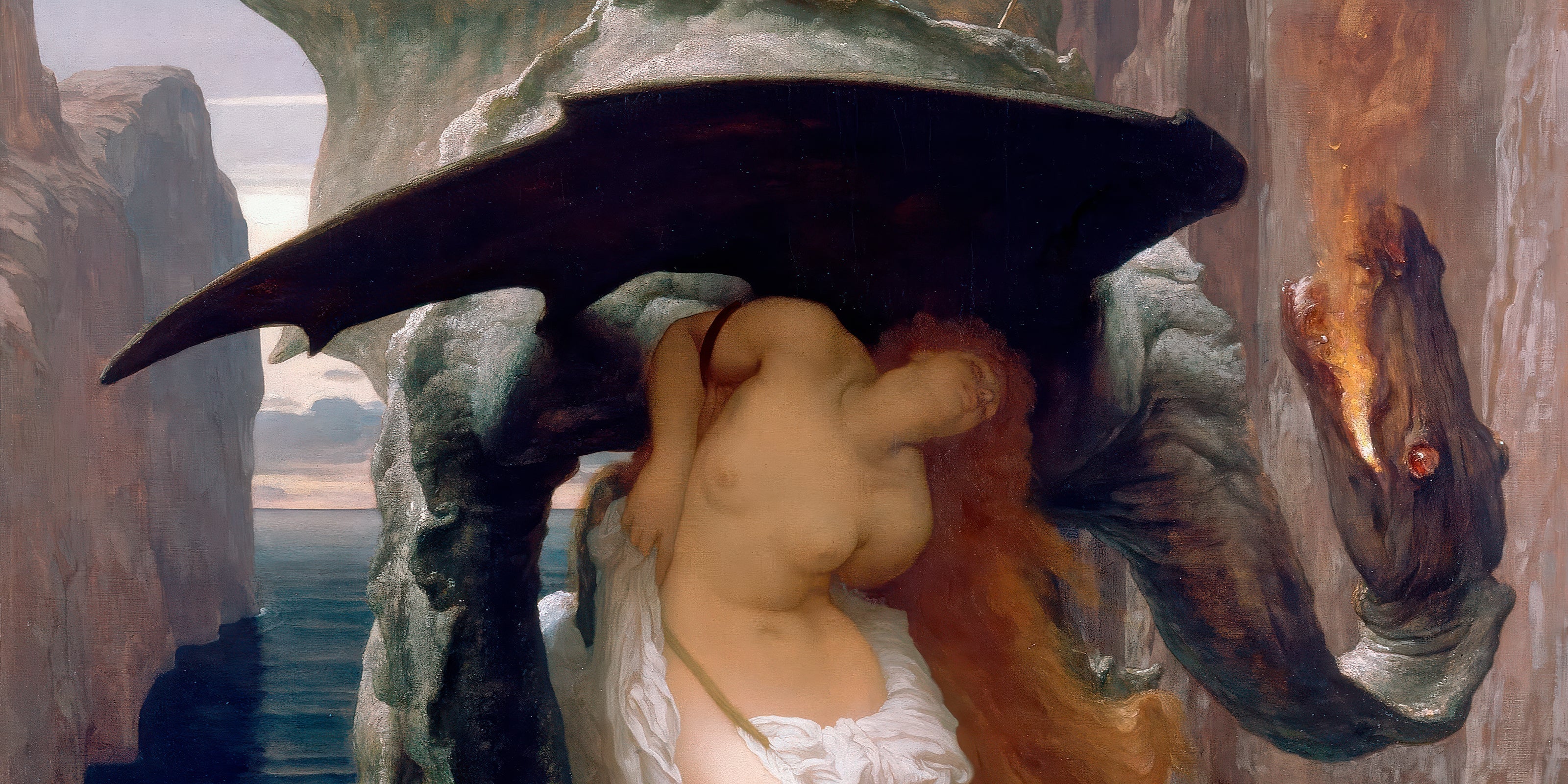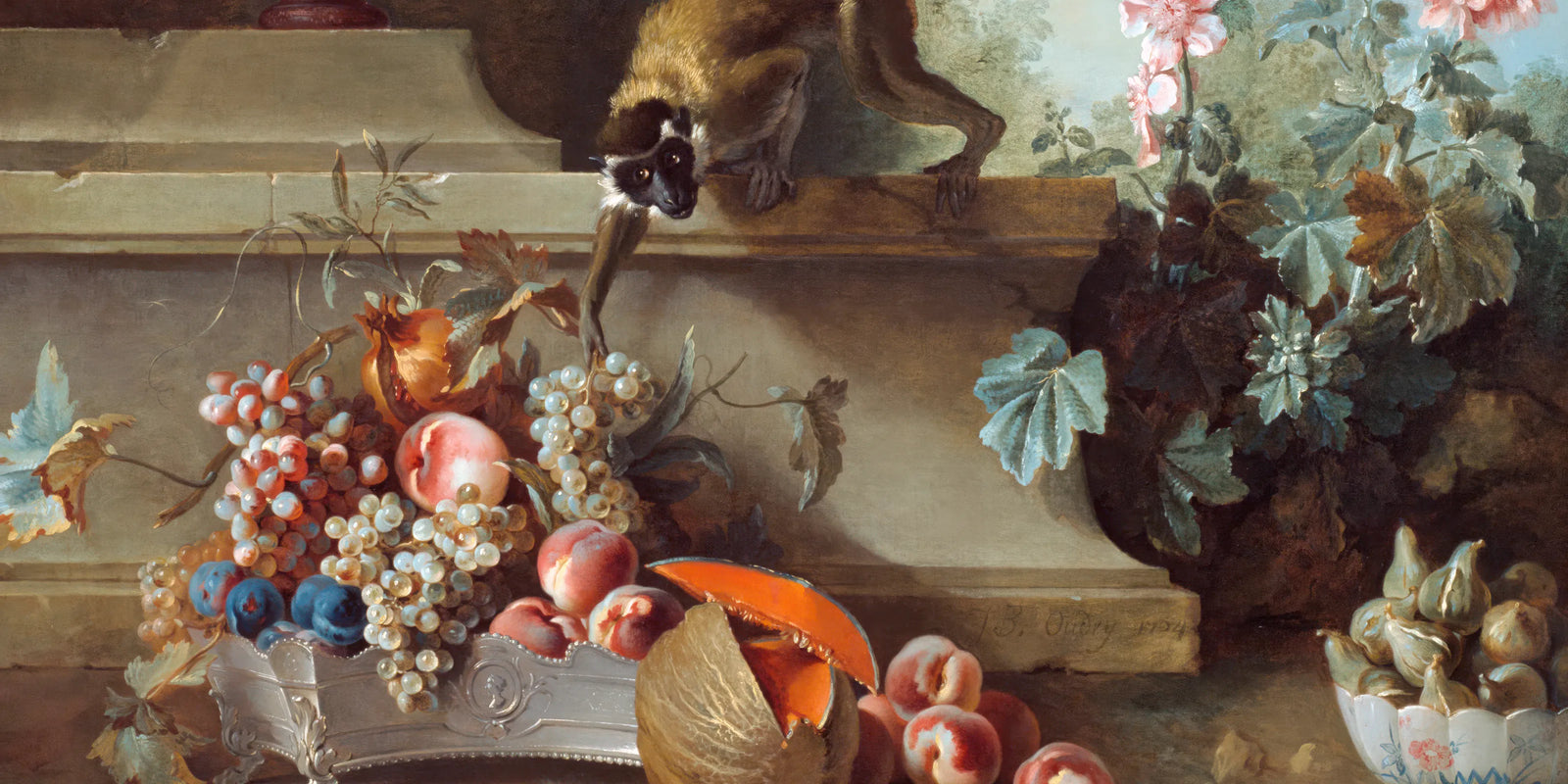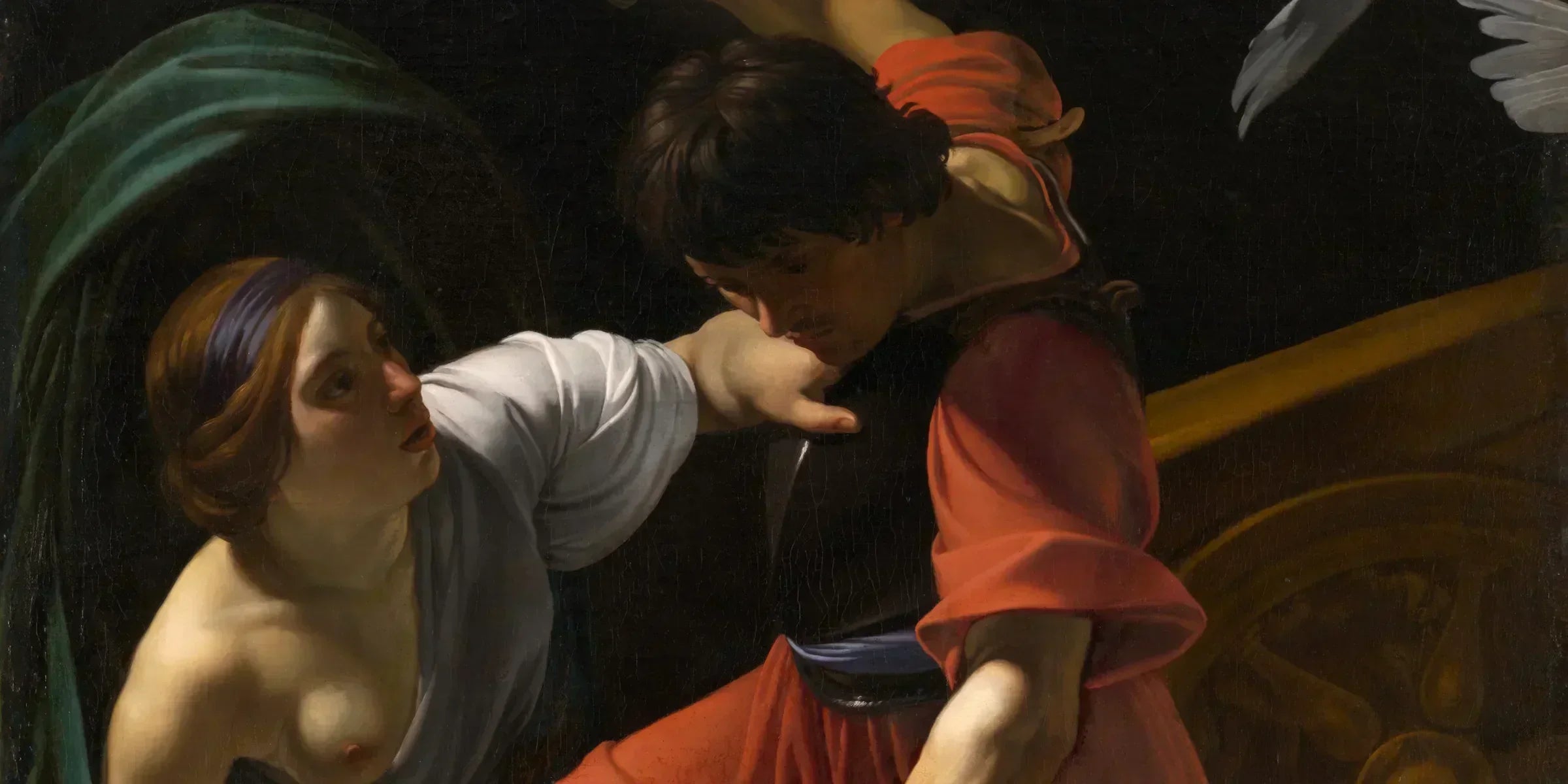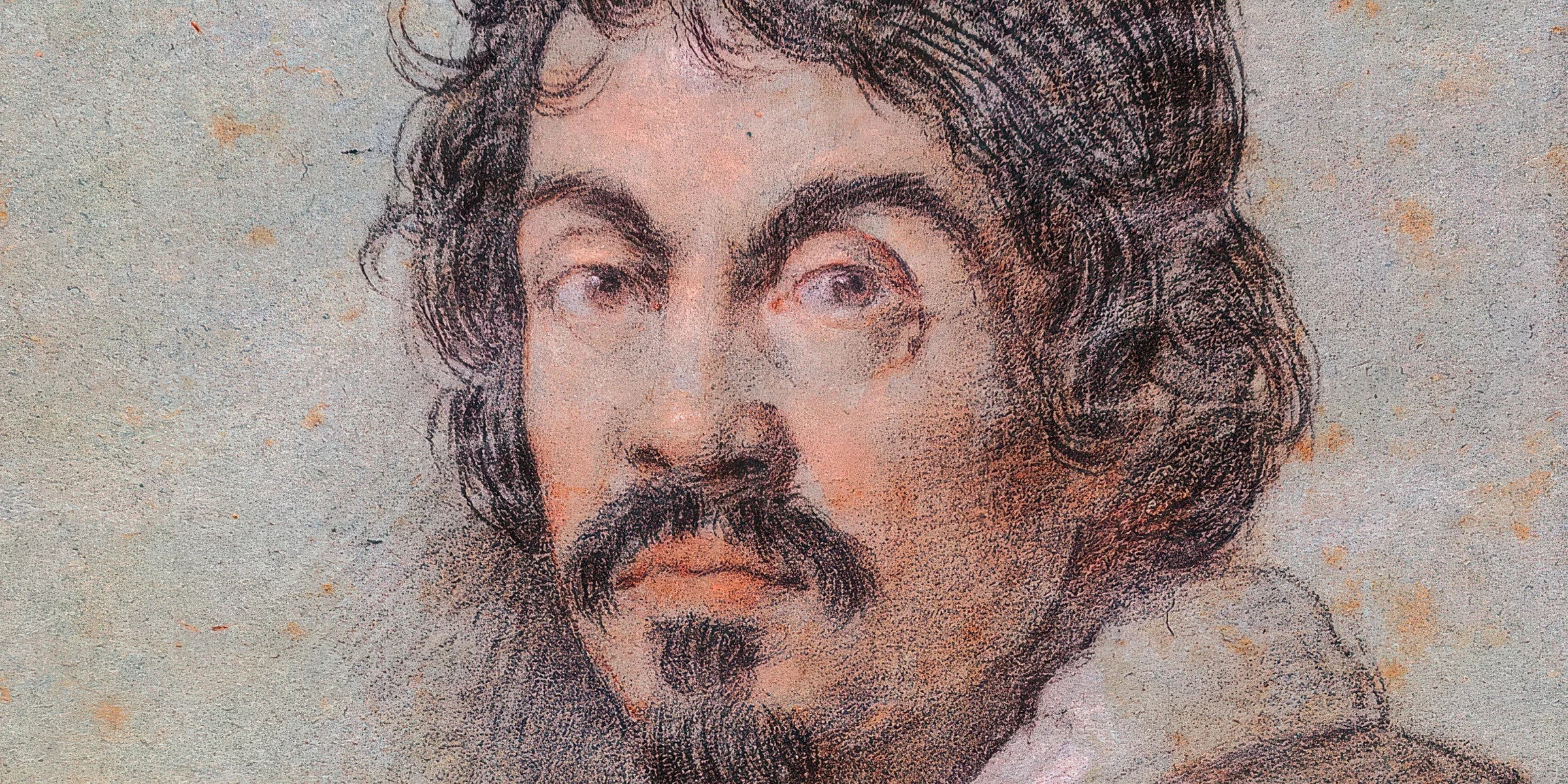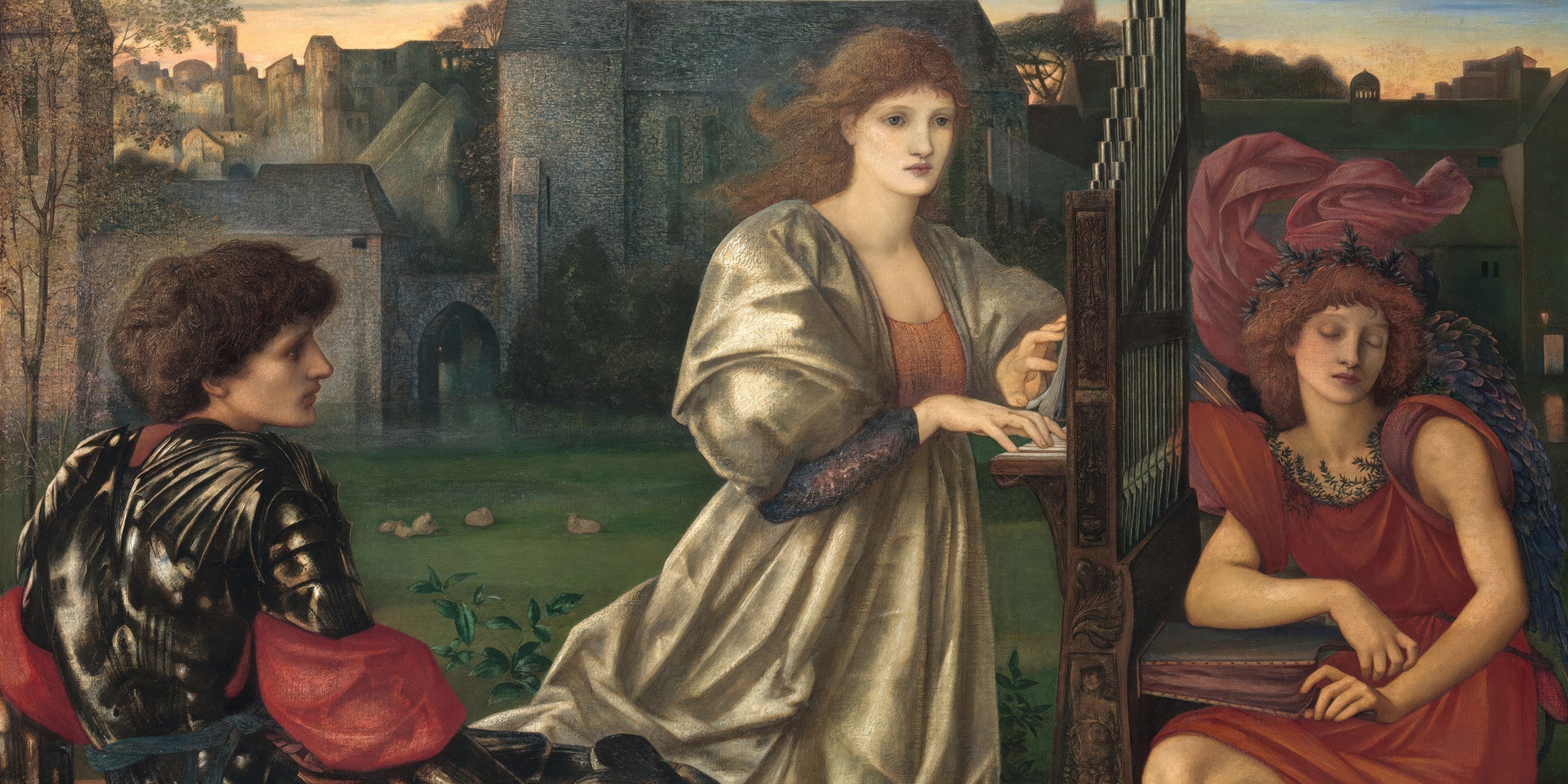A Glimpse into 19th-Century Leisure
Édouard Manet's Boating (1874) is a striking example of how the artist captured modern life with bold colors and innovative composition. This painting, depicting a man and a woman on a small sailboat, is both serene and enigmatic. With its loose brushwork and flattened perspective, Boating is a prime example of Manet’s ability to bridge Realism and Impressionism.
But what makes Boating so captivating? Let’s dive into the historical context, artistic techniques, and fascinating details behind this masterpiece.
Historical Background: Manet and the Impressionists
During the 1870s, Paris was undergoing rapid modernization, and artists sought to depict contemporary life rather than historical or religious subjects. Manet, though closely associated with the Impressionists, remained somewhat independent in his approach.
Boating was painted in the summer of 1874 at Gennevilliers, a popular riverside retreat near Paris where Manet’s friend Claude Monet also worked. The painting captures the leisurely pursuits of the rising bourgeoisie, who embraced boating as a fashionable pastime. Manet’s choice to depict this relaxed scene reflects the broader cultural shift towards celebrating leisure and modernity.
Technique and Style: Bold Simplicity
Unlike the delicate, feathery brushstrokes of his Impressionist peers, Manet's style in Boating is more defined and deliberate:
- Flattened Perspective: The boat and figures are placed boldly in the foreground, giving a sense of immediacy. The background, however, is almost secondary, with the water barely defined.
- Color Blocking: Manet uses strong, contrasting colors—deep blues, crisp whites, and warm flesh tones—to emphasize the figures against the water.
- Unfinished Elements: The background and water are rendered loosely, leaving certain areas appearing almost abstract. This was radical at the time and hints at Impressionist influences.
The composition is also unusual: the man’s placement in the left foreground cuts off part of his body, creating a cropped effect similar to what photographers and Japanese printmakers often used.
Fascinating Details About Boating
-
The Mysterious Woman
The woman in the painting is thought to be Manet’s sister-in-law, Suzanne Leenhoff. Her passive, distant expression contrasts with the man’s engaged posture, adding an air of mystery to the scene. -
A Connection to Japanese Art
Manet was inspired by Japanese woodblock prints, which often featured flattened perspectives and asymmetrical compositions. This influence is evident in Boating, where the boat and figures are sharply outlined against a simplified background. -
A Radical Departure from Tradition
When Boating was first exhibited, it puzzled many critics. The unusual perspective, cropped elements, and seemingly unfinished water defied conventional academic painting rules. Today, these very features make it a modern masterpiece.
A Modern Masterpiece
Édouard Manet’s Boating is more than just a pleasant summer scene—it’s a daring composition that challenges artistic conventions. Its bold use of color, flattened perspective, and enigmatic atmosphere make it one of Manet’s most intriguing works.
If you love Boating and Manet’s artistry, be sure to explore our collection of classic art reproductions—perfect for bringing a touch of Impressionist charm into your home!




